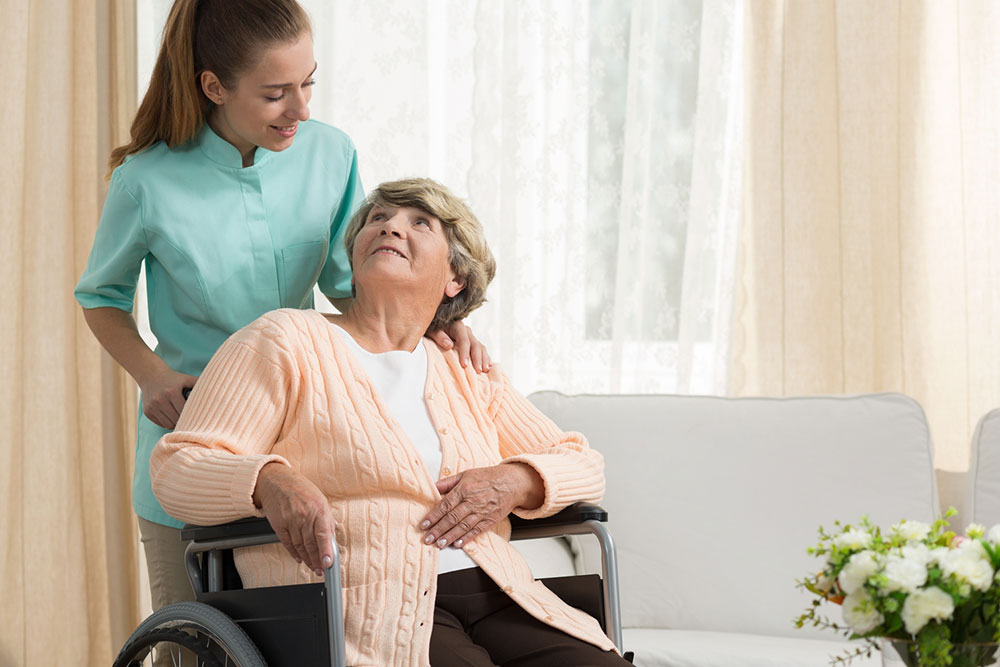
Guidelines for Treating Diabetes in Elderly Patients
Diabetes affects a very significant portion of people in the country aged over 65. This puts tremendous pressure on the healthcare industry, which needs to control the spread of diabetes. Let’s take a look at some important information and guidelines on the diagnosis and treatment of diabetes in elderly patients. Diagnosing diabetes in elderly patients include standard tests such as fasting and random blood sugar tests, urine tests, oral glucose tolerance tests, kidney tests, and thyroid tests, among other specific health check-ups.
It is important to note that as a person ages, there are many accompanying physiological changes that take place in the body. So, symptoms of diabetes may not be explicitly visible for a long time and they could be harder to detect. In fact, an elderly person may have suffered from diabetes for years before the symptoms start to stand out, and by then their blood sugar levels have already spiraled out of control.
Patients above the age of 65 fall in the highest risk bracket for having amputations due to diabetes complications. They may also suffer from kidney failure and loss of vision. In some cases, death can occur due to hyperglycemia. Due to the aforementioned health complications, it is extremely important to get an effective diagnosis and treatment of diabetes in the elderly. Here are some treatment options that are currently employed:
1. Medical care
Diabetes requires treatment either from oral medicines like metformin or from insulin injections. The dosage is determined depending on the severity of diabetes in the patient.
2. Home remedies
Successful treatment of diabetes ultimately comes down to managing the disease well in order to control the symptoms. Mentioned below are some guidelines to follow for the treatment of diabetes in elderly patients.
3. Consult a nutritionist
At an older age, taking care of dietary habits proves far more effective in maintaining good health than running to the doctor for treatment. The ideal diet will be high in whole grains and proteins and low in sugar and saturated fats.
4. Get plenty of exercise
According to the American Diabetes Association, a senior citizen needs a minimum of 30 minutes of exercise per day. This does not have to be too strenuous. Exercise can be as simple as taking a walk or going swimming. You can even start practicing yoga.
5. Check blood sugar levels
Your doctor will definitely recommend keeping a personal blood glucose monitor at home. This is usually a pocket-sized machine and can be used to check your blood sugar several times a day as required.
6. Observe your feet
Diabetics are prone to injuring their feet and may not feel the pain due to diabetic neuropathy. Make sure to examine your feet daily for any cuts or swellings that do not seem to heal.
7. Never skip medicines
Finally, take your prescribed diabetes treatment medicines daily without fail to keep blood sugar levels in check.



